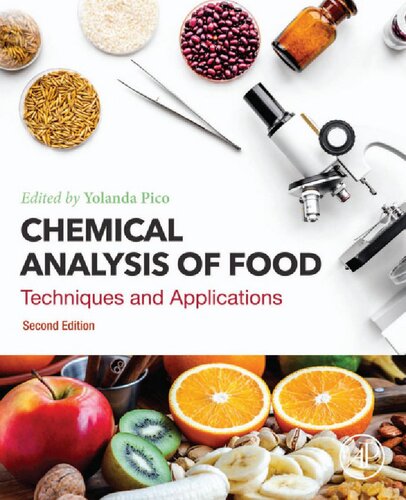

Most ebook files are in PDF format, so you can easily read them using various software such as Foxit Reader or directly on the Google Chrome browser.
Some ebook files are released by publishers in other formats such as .awz, .mobi, .epub, .fb2, etc. You may need to install specific software to read these formats on mobile/PC, such as Calibre.
Please read the tutorial at this link: https://ebookbell.com/faq
We offer FREE conversion to the popular formats you request; however, this may take some time. Therefore, right after payment, please email us, and we will try to provide the service as quickly as possible.
For some exceptional file formats or broken links (if any), please refrain from opening any disputes. Instead, email us first, and we will try to assist within a maximum of 6 hours.
EbookBell Team

4.8
34 reviewsChemical Analysis of Food: Techniques and Applications, Second Edition, reviews the latest technologies and challenges in all stages of food analysis, from selecting the right approach, how to perform analytic procedures, and how to measure and report the results. The book is structured in two parts: the first describes the role of the latest developments in analytical and bio-analytical techniques, with the second reviewing innovative applications and issues in food analysis. The techniques discussed range from the non-invasive and non-destructive, such as infrared spectroscopy and ultrasound, to newly emerging areas, such as nanotechnology, biosensors and electronic noses and tongues.
This thoroughly updated edition includes new chapters on ambient mass spectrometry, imaging techniques, omics approaches in food analysis, natural toxins analysis, food contact materials, nanomaterials and organic foods. All chapters are updated or rewritten to bring the content completely up-to-date.